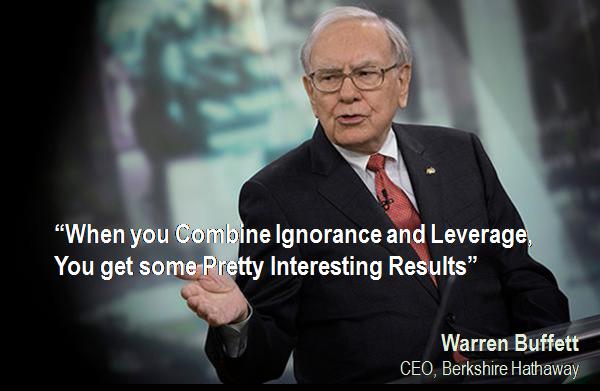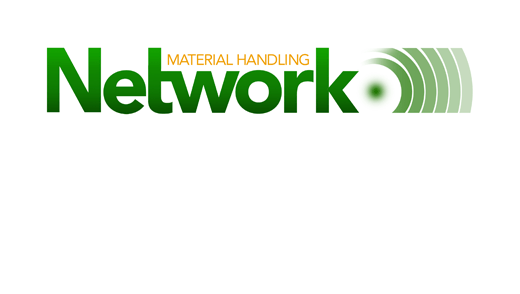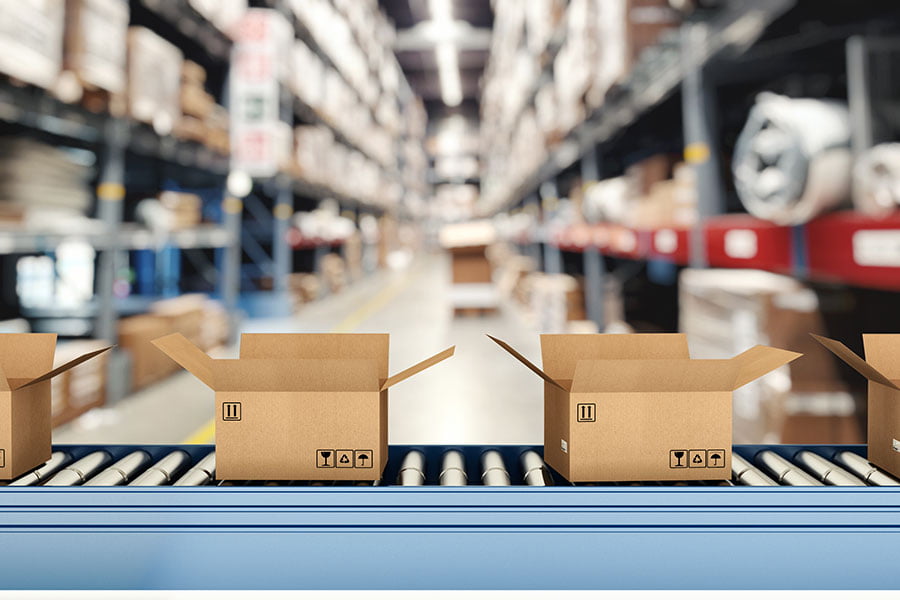Published May 10, 2018

How many times have you heard “You must read the fine print before signing a deal”? Many find that these final items can really add up to a sizable amount of money.
In Enterprise Resource Planning (ERP) terms, these items align to products, system parameters, and information management required to get the solution to work. Because all tasks are linked in a connected stream, data must be managed with a high degree of precision and a failure to do so will cause issues up and down the supply chain.
Most focus on the initial cost to implement an ERP, the business must recognize that there are ongoing costs. Data stewards will quickly become an important entrant and the business will become reliant on strong data management protocols.
- Critical ERP Building Blocks
The ERP solution is deployed to integrate the end to end business process utilizing a common backbone/construct. The solution is deployed to manage a company’s assets.
- Products: These are the base items that are consumed to generate revenue.
- Tangible: These are items one can touch or physically exchange.
- Intangible: These are services offered that cannot be physically touched. An example of this would be a service repair fee.
- Bill of Materials (BOM): This is a collection of raw parts that are transformed into an end product that is sold to a customer. Parts included in a BOM can be both tangible and intangible.
- Bundles: This is a tangible part that is comprised of several tangible parts sold for a single price. An example would be an air conditioning bundle that includes the air handler, the A/C coil, and condenser.
- System Parameters: The business will need to define a new language of system values that invokes the pre-coded ERP functionality as required.
There is a host of other business management processes that the ERP manages. The above fundamental building blocks do not intend to undermine the value of cost, revenue, and profit management. The abbreviated list serves to focus on the heartbeat of the solution, product management.
- Products: These are the base items that are consumed to generate revenue.
- Organizing the Items
To minimize the ongoing product set-up and management process, one must set-up a strategy from the beginning. You would be amazed at how many implementations simply migrate the legacy product master without recognizing the solutions reliance on this information.
Historical practices of arranging parts based on marketing collateral give way to a supply chain based review of product management. User selection and system attribute management take over as the owner of this process. Marketing materials are transferred to customer facing collateral and removed as the backbone of the business product management strategy.
- Product Hierarchy: By designing a hierarchy of products that collects like products together, you can make finding the parts more efficient. There are three main components one should consider in this strategy:
- Functional Likeness: Collecting items that serve a similar function/role. An example would be putting all serialized products under a single family with a class for A/C coils.
- Attribute Likeness
- Financial Dimensions: System attributes used to support financial reporting
Using these rules will help ensure all parts at each hierarchy level receive the same attributes and variances.
- Product Attributes: Every product has specific metrics (e.g. dimensions, capacity, etc.), parameters (voltage, output, break capacity, etc.), or characteristics (e.g. size, color, style, application, etc.) that when combined uniquely describes the item. Collecting these attributes enables system usage for parts searching and/or can drive “intelligent” fields to be constructed that presents the data in a way that helps manage them.
When secondary systems are used to manage tasks that may have limited query capability, solution limitations can be overcome by leveraging this information. The level of data to capture will be based on the overall system design and the relative strength/weakness of the data management capabilities.
- System Values: Every solution has different functional parameters (e.g. inventory stock method, project category, item type, etc.) that must be set to enable functionality to be engaged. Some values may repeat for different functional capabilities, they may be housed in several tables that must be populated to ensure the capability is fully funded to deliver the required capability.
When people talk about “the small things in an ERP can make a large impact”, this is what they are referring to. One must manage the details and all of the system attributes to get the system to run as planned. By understanding the use of each system value and managing these by hierarchy, one can reduce the “extra effort” required to keep all of the values in synch.
- Report Information: Reporting is often the last item to be addressed when deploying an ERP solution. The earlier this conversation takes place and defines the desired information, the better one can ensure the product hierarchy and system attributes are constructed to deliver the information required.
If the data cube is intended to be the end reporting agent, ensure that the cube is being constructed to enable the collection of the data you need within the cube. Data cubes provide a lot of flexibility in data management. Having all required information within a single cube must be planned to ensure you can easily report the specific data you desire.
- Purchase Order (PO) Information: In an ERP, the PO is considered a report. Once produced it becomes a part of the solution history. Adjustments can be made. One must recognize that it is a part of the permanent history of the business since all transactions must balance. As a result, these legal documents (and the mismanagement) will be in plain sight.
Product management becomes a critical process to getting the most from your ERP investment dollars. Failing to take the time during the initial implementation will create an ongoing burden to manage a less than optimal solution.
- Product Hierarchy: By designing a hierarchy of products that collects like products together, you can make finding the parts more efficient. There are three main components one should consider in this strategy:
Summary

Implementing an ERP solution is a cultural change. You will need to rethink your entire business. It requires that you manage your data and the data feed processes to a higher level of diligence. Failure to recognize this cost will cause churn during the implementation.
Invest in the right process and the system solution to support it will naturally evolve. Getting the most out of any process is based on the accuracy and consistency of data from which decisions are based on.


